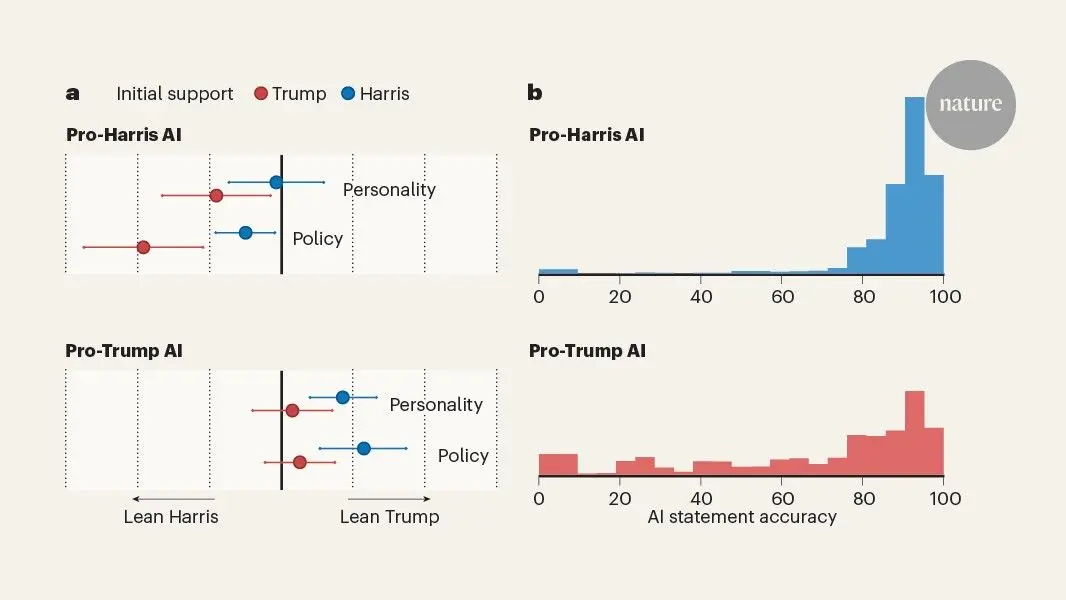Getty Images Unveils Advanced AI Photo Editing Tools for Custom Product Imagery
2 Sources
2 Sources
[1]
Getty's New Generative AI Photo Tool Lets You Remove the Background
Getty Images has introduced new AI photo editing capabilities allowing customers to create their own product photos using generative AI tools. Getty has two generative AI platforms: Generative AI by Getty Images and Generative AI by iStock. Both will receive the newly launched Product Placement and Reference Image tools allowing users to "generate professional‑grade product imagery and creative visuals with unparalleled control and precision, saving time and costs in their marketing and advertising." The Product Placement tool lets customers upload their own product photos and essentially remix them in any way, shape, or form. Users can generate custom backgrounds that will "seamlessly blend lighting and shadows ensuring ultra‑realistic results that stay true to the original product," says Getty via a press release. "This feature offers flexibility to create backgrounds that match brand aesthetics and campaign needs, enhancing content creation workflows." Getty's second feature, the Reference Image Tool, lets users upload an image to use as a reference. The photo giant says that the tool has been developed in response to customers' demand for increased customization. The uploaded reference images can control color palettes and compositions. Generated visuals will align with specific brand guidelines or mood boards for a cohesive look. "Our customers are seeking efficiency in their creative process without sacrificing quality or taking on risk. With these new features, we're empowering businesses to create high‑quality, custom visuals at scale," says Grant Farhall, Chief Product Officer of Getty Images. "By allowing users to seamlessly integrate their own product and reference images, we're giving them unprecedented control over the look and feel of their content, enabling them to produce commercially safe, professional, brand‑aligned visuals faster and more efficiently than ever before." The features are fairly similar to ones that have been rolled out by Amazon, Ebay, and Shopify. These generative AI tools can do the jobs that were once the preserve of professional photo editors. That's not to say that just anyone will be able to use tools like this; some people are simply no good at these types of tasks. But what generative AI tools do in general is lower the creative barrier which could useful for a marketing or PR department.
[2]
Exclusive: Getty Images Enables More Custom AI Creations
Getty Images will now let users upload product and reference images to generate custom, AI-powered artwork, the visual content platform shares exclusively with PCMag. The new upload capabilities are available on Generative AI by Getty Images and Generative AI by iStock. Product images can be used in the final output if only an AI-generated background is desired, for example. And reference images can help narrow the scope of the output to keep it within a specific color palette or use specific patterns or textures. Generative AI by Getty Images was launched last year and uses a custom-tuned AI model from Nvidia's Edify platform. Getty's tool is only trained on existing Getty Images with creator permission. Its outputs are viable for commercial use, unlike some other image-generating models that did not license their datasets (and are now facing lawsuits). Generative AI by iStock launched back in January and uses the same Nvidia platform. "That data set does not include public domain content, scraped data, or AI generated visuals. It means that the resulting outputs will not generate an image that includes trademark brands, products or characters, or identifiable people or locations," Getty Images Head of Product Grant Farhall tells PCMag. "A commercially safe tool that is not based a foundational model trained from clean and transparent licensed data is only commercially safe in name alone. The training set is the basis for everything, including to what degree the model infringes on the rights of IP holders and creators. Ours respects those rights." Getty Images also makes a point of compensating data set contributors by paying them a portion of AI revenue on an annual basis, similar to royalties earned from its primary image-licensing business. Last month, Getty used its AI tech to launch "Venomize My Pet" with Sony Pictures, where fans of the Marvel franchise could upload a photo of their cat or dog to envision them as a demonic Venom minion.
Share
Share
Copy Link
Getty Images introduces new AI-powered features allowing users to create custom product photos and backgrounds, enhancing creative control while ensuring commercial safety and creator compensation.

Getty Images Introduces Advanced AI Photo Editing Capabilities
Getty Images, a leading visual content platform, has unveiled new AI-powered photo editing tools that promise to revolutionize product imagery creation for marketing and advertising professionals
1
. These innovative features, available on both Generative AI by Getty Images and Generative AI by iStock platforms, aim to provide users with unprecedented control and efficiency in producing custom visuals2
.Product Placement Tool: Reimagining Product Imagery
The newly launched Product Placement tool allows users to upload their own product photos and creatively remix them in various ways. This feature enables the generation of custom backgrounds that seamlessly blend lighting and shadows, ensuring ultra-realistic results while maintaining the integrity of the original product
1
. The tool offers flexibility in creating backgrounds that align with specific brand aesthetics and campaign requirements, potentially streamlining content creation workflows.Reference Image Tool: Enhancing Customization
In response to customer demand for increased customization, Getty has introduced the Reference Image Tool. This feature permits users to upload an image as a reference, controlling color palettes and compositions in the generated visuals
1
. This capability ensures that the AI-generated content aligns with specific brand guidelines or mood boards, facilitating a cohesive look across marketing materials2
.Commercial Safety and Creator Compensation
Getty Images emphasizes the commercial safety of its AI-generated content. The company's AI model is trained exclusively on existing Getty Images with creator permission, ensuring that the outputs are viable for commercial use
2
. This approach sets Getty apart from some other image-generating models that have faced legal challenges due to unlicensed datasets.Grant Farhall, Chief Product Officer of Getty Images, states, "Our customers are seeking efficiency in their creative process without sacrificing quality or taking on risk. With these new features, we're empowering businesses to create high-quality, custom visuals at scale"
1
.Impact on the Creative Industry
These AI tools have the potential to perform tasks traditionally handled by professional photo editors. While they may not entirely replace skilled professionals, they do lower the creative barrier, making sophisticated image manipulation more accessible to marketing and PR departments
1
. This democratization of advanced editing capabilities could lead to significant changes in how visual content is produced and utilized in various industries.Related Stories
Comparison with Other Platforms
The features introduced by Getty Images are similar to those recently rolled out by e-commerce giants like Amazon, eBay, and Shopify
1
. This trend indicates a growing demand for AI-powered visual content creation tools across various sectors of the digital economy.Ethical Considerations and Creator Rights
Getty Images has taken steps to address ethical concerns surrounding AI-generated content. The company compensates dataset contributors by sharing a portion of AI revenue on an annual basis, similar to the royalties earned from its primary image-licensing business
2
. This approach aims to respect creator rights and maintain a fair ecosystem for visual content production.As the landscape of AI-generated imagery continues to evolve, Getty's latest offerings represent a significant step towards balancing innovation with ethical considerations in the visual content industry.
References
Summarized by
Navi
[2]
Related Stories
Adobe Introduces AI-Powered Tools to Enhance Stock Image Customization
13 Nov 2024•Technology

OpenAI's ChatGPT Image Generator Expands to Developers and Major Tech Platforms
24 Apr 2025•Technology

Adobe Unveils Powerful AI-Driven Features in Photoshop, Revolutionizing Image Editing
29 Jul 2025•Technology

Recent Highlights
1
OpenAI declares code red as Google's Gemini gains 200 million users in three months
Technology

2
DeepSeek releases open-source AI models that rival GPT-5 and Gemini at fraction of the cost
Technology

3
AI Chatbots Sway Voters More Effectively Than Traditional Political Ads, New Studies Reveal
Science and Research





